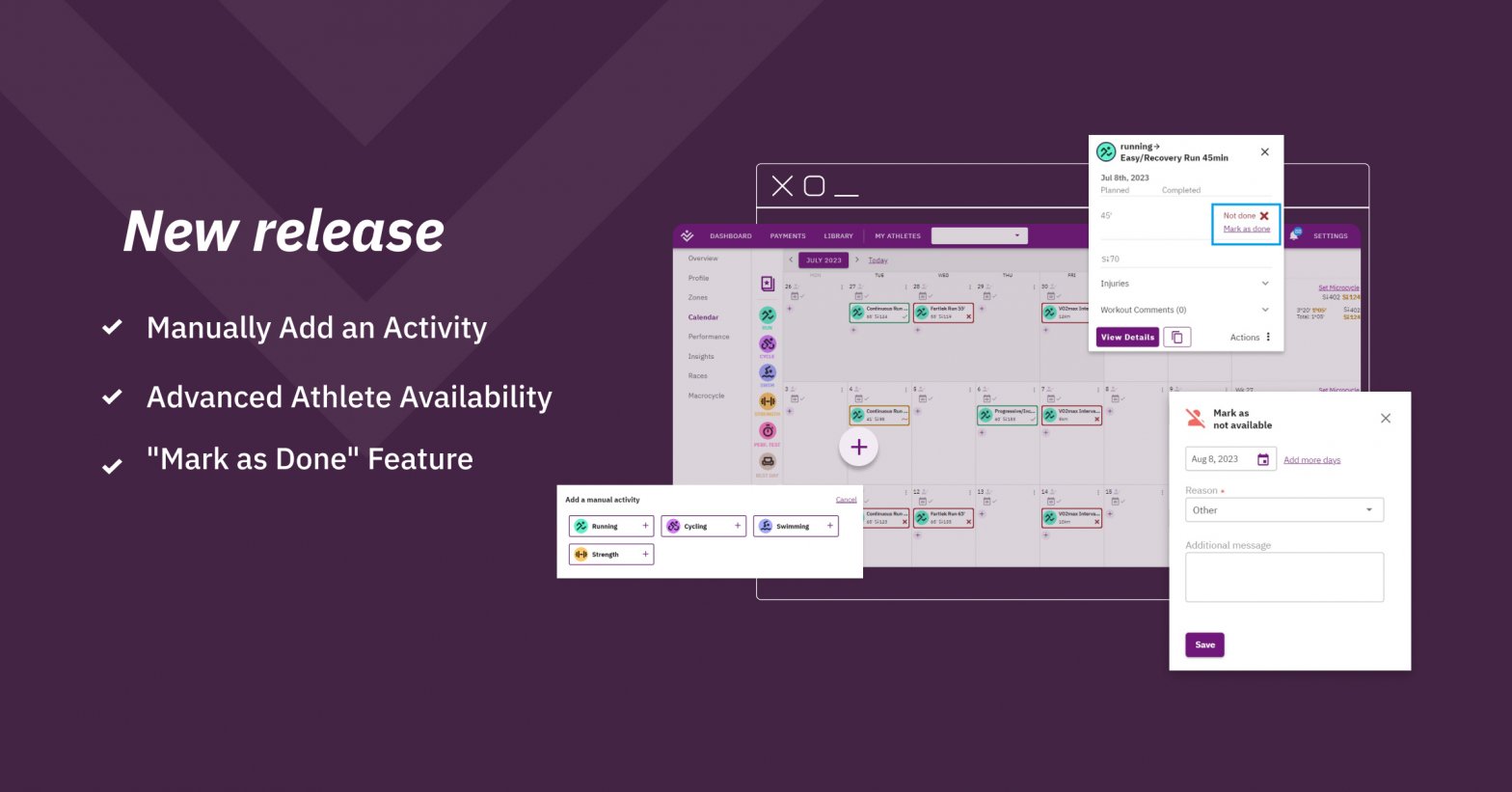For endurance athletes, their Lactate Threshold (LT) value determines how they should train to achieve their desired adaptations. As well as the pace they should maintain during their training sessions and races. To that end, coaches incorporate Lactate Threshold Interval training into their athletes’ plans, to help them increase their LT; and, thus, their performance.
What is Lactate Threshold?
Lactate is a metabolic by-product that our bodies constantly produce, through the mechanism of anaerobic glycolysis. When performing steady, moderate exercise, the body produces and absorbs lactate rather quickly. However, during high-intensity exercise, the body produces lactate much faster than it can absorb it. The point at which lactate production is exponentially increased — in relation to the body’s capacity to remove it — is known as the Anaerobic or Lactate Threshold.
The concentration of hydrogen ions in the blood also rises as LT rises, resulting in athletes feeling fatigued. As a result, their performance decreases. That’s why coaches often focus on Lactate Threshold Interval training.
As athletes work out at that point, their lactic tolerance/removal system adapts to the stimuli, and, eventually, their LT value increases. This means that the athlete can reach higher intensities before they start feeling tired. In this regard, power/velocity at LT is an indicator of athletic performance in endurance sports.
What is Lactate Threshold Interval Training?
According to the Lactate Threshold training approach, the coach increases the intensity (and/or duration) of their athletes’ workouts, so that they train at — or just above — their LT value. This type of training can be either interval or continuous training of high intensity and steady rhythm (tempo) respectively. It may as well be, though, a combination of both, depending on the needs of the athlete. Be that as it may, here, we’ll focus on Lactate Threshold Interval training.
So, what constitutes Lactate Threshold Interval training? Generally speaking, it refers to training at specific intensities and training zones (where lactate starts rising exponentially). A well-trained endurance athlete reaches the Lactate Threshold zone at approximately 80-85% of the VO2 max. The duration of the exercise is mainly based on the athlete’s current fitness status and goals.
Most commonly, coaches gradually increase their athletes’ training volume every one or two weeks, to help them progress. Then, they track their progress and re-evaluate their LT rates, every 4-8 weeks, to see if their training brings the results they were initially expecting. If not, they usually readjust certain training parameters, depending on the goals and needs of their athletes.
Why should endurance athletes perform interval exercises at this intensity?
As mentioned, the Lactate Threshold is a metric of athletic performance in endurance sports. Its purpose is to help athletes increase their speed and/or power at LT2, allowing them to improve their performance.
Among other things, Lactate Threshold Interval training will provide a strong stimulus for increasing their aerobic capacity — making their aerobic metabolism more efficient. This is an important factor for reaching an optimal level of performance.
The role of rest days, nutrition, and hydration for optimal performance, during LT Interval training
Recovery is vital for achieving optimal performance and avoiding injuries during Lactate Threshold Interval training. Therefore, coaches must include rest days, or days of light physical activity — such as jogging, stretching, etc. — in their athletes’ training plans.
Undoubtedly, nutrition is another vital part of an athlete’s routine. When athletes exercise at intensities near their LT2, they must ensure that they don’t compromise their glycogen stores and their general well-being. For this reason, they should turn to professional sports nutritionists to help them remain healthy and enhance their performance.
In addition, athletes should remember to hydrate well, so that they avoid damaging their health and their performance. Indeed, when the body is dehydrated, this can directly affect athletic performance. And, when it comes to health, poor hydration, may lead to:
- a loss of strength and stamina,
- fatigue,
- thermal stress,
- a decrease in plasma volume,
- dizziness
- mental confusion, etc.
Creating personalized Lactate Threshold Interval training plans
An endurance athlete’s Lactate Threshold value is among the most important determinants of their success at the sport they engage in. That being the case, the improvement of this parameter is one of the main goals of their training programs.
Assessing and tracking their athletes’ LT through testing, allows coaches to design personalized training plans. By knowing their athletes’ baseline, coaches can help them progress with their Lactate Threshold Interval training, in order to keep adapting and improving.


